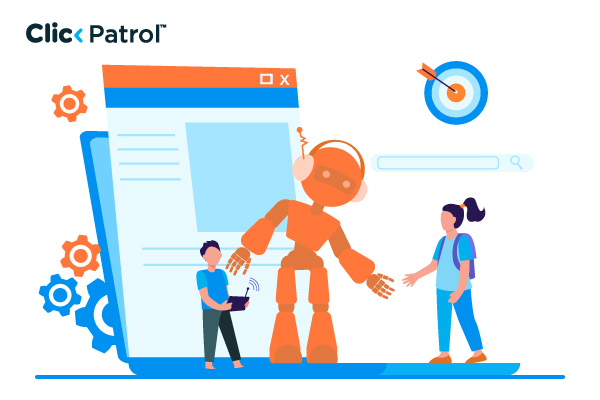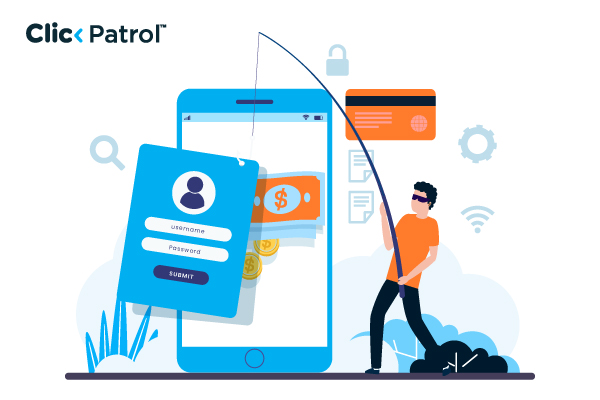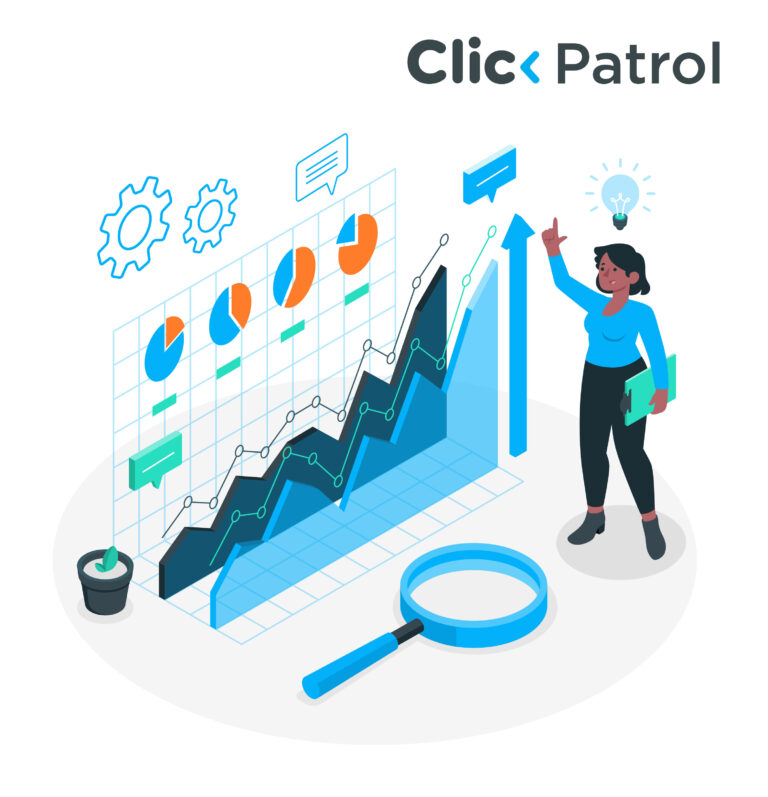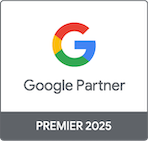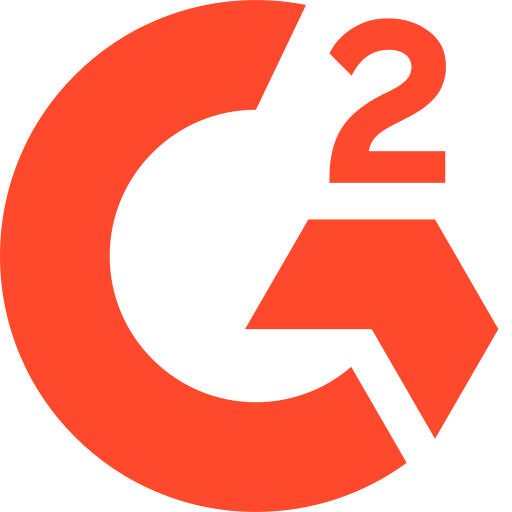Microsoft and TikTok ads have a lower CPC than Google and LinkedIn ads.
Top PPC platforms for 2025: Best paid advertising networks for maximum ROI
Abisola Tanzako | Mar 28, 2025
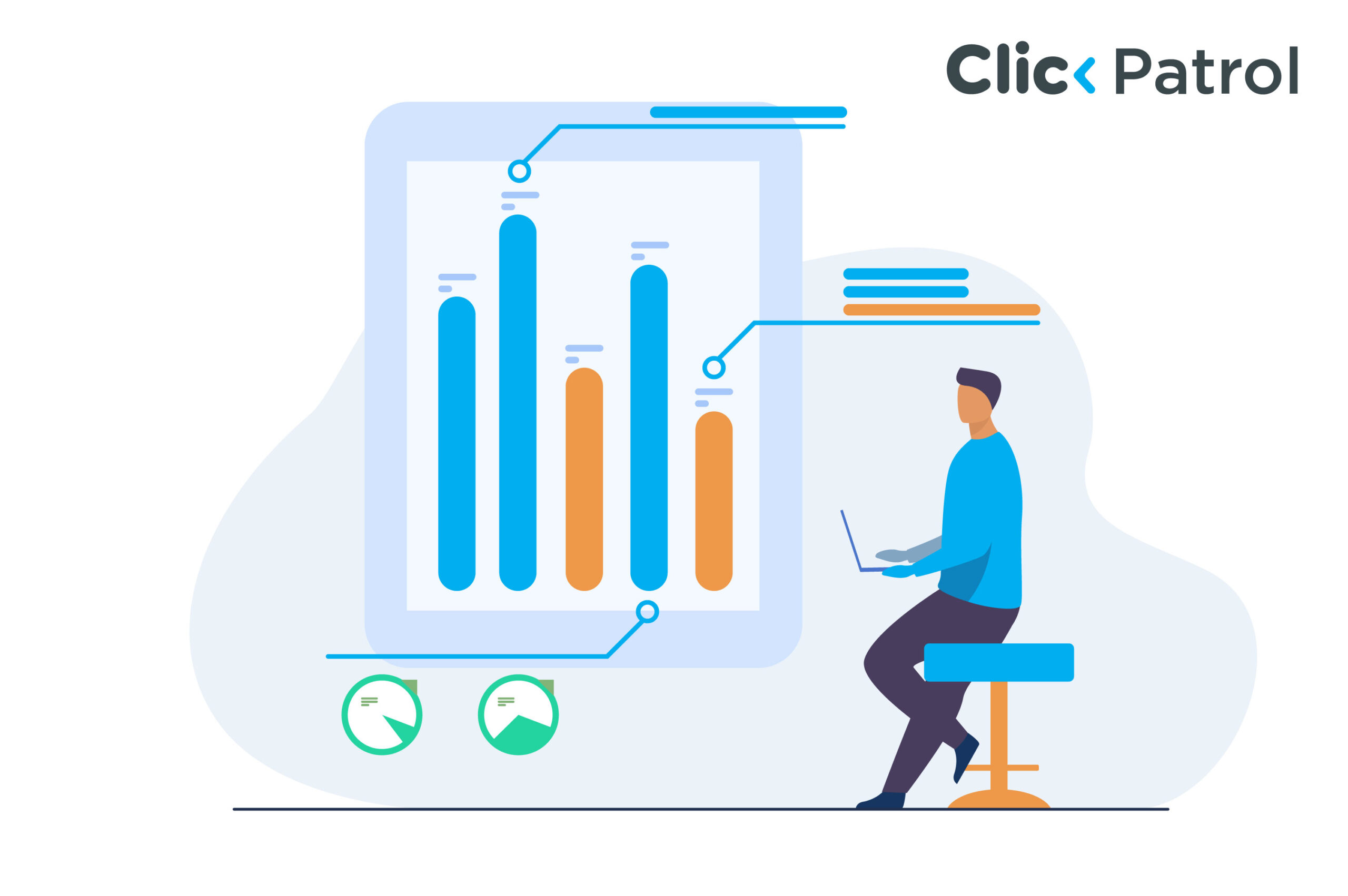
Table of Contents
- Top PPC platforms in 2025: Features, costs, and best use cases
- Google Ads: The king of PPC
- Microsoft Ads (Bing Ads): A hidden gem
- 3. Meta Ads (Facebook & Instagram Ads) Social media powerhouse
- 4. LinkedIn Ads: The B2B giant
- 5. TikTok Ads: The future of social media advertising
- Amazon Ads: E-Commerce advertising at its best
- How to choose the right PPC platform for your business
- Define your goals:
- Pick the right platform:
- Compare costs & ad formats
- Test & optimize:
- Use multi-platform strategies:
- Comparison of PPC advertising platforms
- Choosing the best PPC platform for your business
PPC advertising is a digital marketing strategy that helps businesses drive targeted traffic and increase conversions. PPC advertisers earn an average of $2 for every $1 spent, making paid search a top digital marketing strategy (Google, 2024).
However, selecting the right PPC platform is essential to maximizing ad spending. This guide reviews the top PPC platforms, their key features, and provides guidance on selecting the best one for your business.
Top PPC platforms in 2025: Features, costs, and best use cases
Since PPC traffic converts 50% more than organic traffic and 65% of small to midsize businesses use PPC, mastering these platforms is key to unlocking your advertising potential. The top 6 PPC Platforms in 2025 include:
Google Ads: The king of PPC
Google Ads is the biggest PPC network, reaching 90% of all internet users, nearly 4.77 billion individuals. Conducting billions of searches daily provides businesses with a powerful way to reach potential customers.
In 2024, Google Ads generated $88.3 billion in ad revenue, proving its dominance in digital advertising.
Key features
- Search ads appear at the top of Google search results.
- Display ads: Connect with people on millions of sites.
- YouTube ads: Engage with people via video ads.
- Ideal for e-commerce businesses.
- Performance Max: AI-driven ad campaigns across all Google platforms.
Pros
- Massive reach for audiences.
- Advanced targeting and bid features.
- Excellent conversion potential.
- Integrates with Google Analytics.
Cons
- Strong competition can raise advertising costs.
- Requires continuous optimization
Microsoft Ads (Bing Ads): A hidden gem
Microsoft Ads operates across the Bing, Yahoo, and AOL search networks, offering an alternative to Google Ads. Although its audience is smaller, its CPC is lower, making it the best budget advertising platform.
As of January 2025, the Bing search engine held a global market share of about 4.04%. Furthermore, Microsoft Advertising connects with 653 million unique PC users worldwide.
Key features
- Search ads: Similar to Google but on Bing, Yahoo, and AOL.
- Ideal for e-commerce companies.
- LinkedIn integration: Enables targeting based on professional data.
Pros
- Lower CPC compared to Google Ads.
- Less competition in most niches.
- Bing Ads are ideal for B2B businesses and companies targeting professional or older demographics.
Cons
- Smaller audience compared to Google.
- Fewer third-party integrations are available.
3. Meta Ads (Facebook & Instagram Ads) Social media powerhouse
Meta Ads, which covers Facebook and Instagram, offers highly targeted social media advertising. As of Q4 2024, Facebook has 3 billion monthly users, while Instagram has 1.628 billion.
In 2022, Facebook’s ad revenue topped $113 billion, accounting for 60% of global social media ad spending. Instagram’s 2024 ad revenue is projected at $30.14 billion, up 17.1% from 2023.
Key features
- Image and video ads: These are highly interactive units.
- Lead generation ads: To capture leads without the need to leave the site.
- It uses retargeting as a great way to re-engage old visitors.
Pros
- Targeted audience targeting in terms of demographics, interests, and behavior.
- Value for awareness purposes.
- Suitable visual ad units for engagement.
- Meta-ads are ideal for e-commerce, local businesses, and brands seeking awareness.
Cons
- Changes in privacy (such as iOS 14) have impacted tracking.
- Requires strong creatives for solid engagement.
4. LinkedIn Ads: The B2B giant
LinkedIn Ads are the benchmark for B2B advertising, offering precise targeting based on job titles, industry, company size, and other relevant factors.
LinkedIn has over 900 million members, with 4 out of 5 decision-makers who drive business decisions and reach over 720 million decision-makers. Aside from that, 96% of B2B marketers use LinkedIn to publish content, making it the most effective platform in the B2B industry.
Key features
- Sponsored content: sponsored content within the LinkedIn stream.
- InMail ads: Directly targeted messages to users.
- Lead gen forms: seamless lead capture within the platform.
- LinkedIn ads are ideal for B2B brands, recruiters, and companies targeting professionals.
Pros
- Highly effective for B2B marketing.
- Advanced targeting for professional demographics.
- High-quality leads.
Cons
- Greater CPC than on other platforms.
- Narrower audience than Facebook or Google.
5. TikTok Ads: The future of social media advertising
TikTok ads provide brands with a powerful platform to target young people through short-form video content. As of February 2025, roughly 16.6% of TikTok users globally are men between 18 and 24 years old, and 14.1% are women in the same age bracket.
In the United Kingdom alone, approximately 76% of online users aged 15 to 24 are on TikTok.
Key features
- In-feed ads: These appear within users’ feeds.
- Branded hashtag challenges: drive engagement through user-generated content.
- TopView ads: Full-screen ads when opening the app.
Pros
- High rates of engagement.
- Less competition compared to Facebook.
- TikTok ads are ideal for brands targeting Gen Z and millennials, particularly in lifestyle, fashion, and entertainment sectors.
Cons
- It requires excellent creative content.
- Limited to older groups.
Amazon Ads: E-Commerce advertising at its best
Amazon Ads enable businesses to promote their products directly on Amazon’s website, making them ideal for e-commerce businesses. Amazon’s ad income in 2024 was $56.2 billion, an 18% increase from $46.9 billion in 2023.
The mean CPC on Amazon in 2024 was $0.97, a drop of $0.06 from the previous year.
Key features
- Sponsored products appear in Amazon search results.
- Sponsored brands: Promote multiple products in one advertisement.
- Display & video ads: Reach outside of Amazon.
Pros
- High buyer intent, leading to solid conversions.
- Ability to track sales and measure ROI directly.
- Amazon ads are ideal for online retail brands selling physical goods.
- Lower competition than Google Ads for some products.
Cons
- Only for online retail businesses.
- For competitive product categories, it can be expensive.
How to choose the right PPC platform for your business
Choosing the best PPC platform for your business includes:
Define your goals:
Focus on brand awareness, lead generation, website traffic, or sales to guide your platform choice.
Pick the right platform:
- Google & Microsoft Ads: Best for high-intent searches and conversions.
- Facebook & Instagram Ads: Ideal for social engagement and B2C targeting.
- LinkedIn Ads: Great for B2B marketing and professional outreach.
- TikTok Ads: Best for Gen Z, Millennials, and viral content.
- Amazon Ads: Perfect for e-commerce and product sales.
Compare costs & ad formats
- Google & LinkedIn have higher CPCs, while Microsoft & Facebook are more affordable.
- Choose from search, social, shopping, or video ads based on your niche.
Test & optimize:
Start with a small budget, run A/B tests, and adjust based on performance metrics.
Use multi-platform strategies:
Combining search and social ads can balance cost, reach, and conversions for better results.
Comparison of PPC advertising platforms
Comparison of PPC advertising platforms includes:
Google Ads
- Best for: High-intent search traffic
- Strengths: Largest search network, high conversion rates
- Challenges: Expensive in competitive niches
- Average CPC (USD): $2.32
Microsoft Ads
- Best for: B2B & older demographics
- Strengths: Lower CPCs, LinkedIn integration
- Challenges: Lower traffic volume compared to Google
- Average CPC (USD): $1.54
Facebook Ads
- Best for: Targeting & audience engagement
- Strengths: Accurate targeting, strong ROI
- Challenges: Privacy constraints impact tracking
- Average CPC (USD): $1.35
Instagram Ads
- Best for: Visual brands
- Strengths: Strong engagement, effective shopping ads
- Challenges: Requires high-quality creative assets
- Average CPC (USD): $3.56
LinkedIn Ads
- Best for: B2B lead generation
- Strengths: Best suited for professionals, generates quality leads
- Challenges: Typically, higher CPCs
- Average CPC (USD): $5.26
TikTok Ads
- Best for: Gen Z & younger users
- Strengths: High engagement, potential for viral reach
- Challenges: Not suitable for every business
- Average CPC (USD): Data not readily available
Choosing the best PPC platform for your business
PPC platforms are a strong means to drive traffic, create leads, and boost sales; however, choosing the right platform is key to a successful ad campaign.
Whether you need high-intent search traffic (Google Ads), cost-effective B2B solutions (Microsoft Ads), social media action (Meta & TikTok Ads), or e-commerce supremacy (Amazon Ads), every platform offers something different. Launching your next PPC campaign? Get started optimizing your ads today, and watch your business soar!
Frequently Asked Questions
-
What is the lowest-cost PPC platform?
-
What PPC platform is ideal for e-commerce?
Amazon Ads are ideal for direct sales, but Google Shopping and Meta Ads are also effective alternatives.
-
Is Google Ads effective for small businesses?
- For many small businesses, Google Ads offers a strong ROI.
- Its broad reach and precise targeting capabilities can be very effective.
- Especially for those with local businesses, Google Local Service Ads can be highly effective.
-
How can I track performance across multiple PPC platforms?
Tracking performance across multiple PPC platforms:
- Use UTM parameters: These tags added to your URLs allow you to track where traffic comes from in analytics tools.
- Utilize Google Analytics: This tool can consolidate data from various PPC platforms, providing a unified view of performance.
- Consider cross-platform analytics tools: Some third-party platforms specialize in aggregating and analyzing data from multiple advertising sources.

